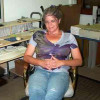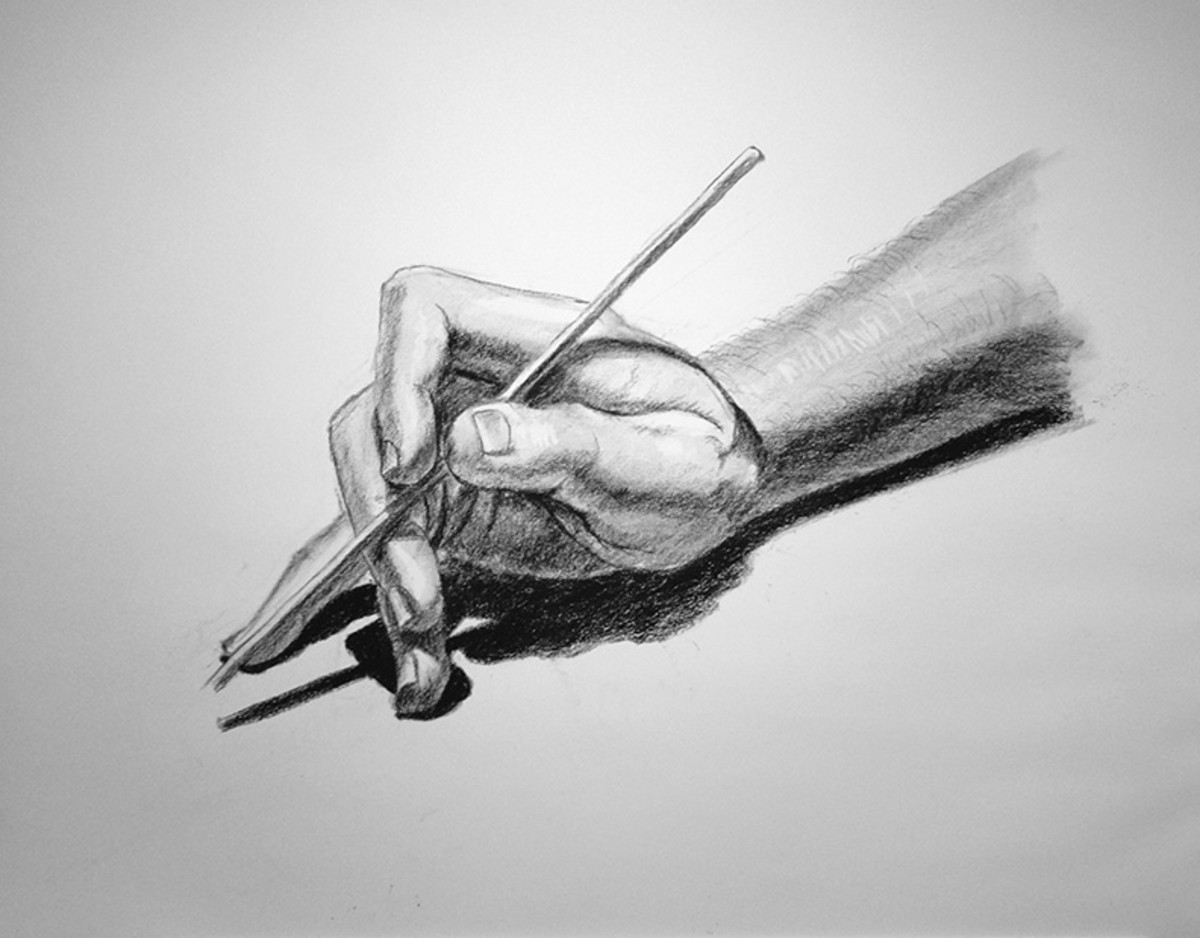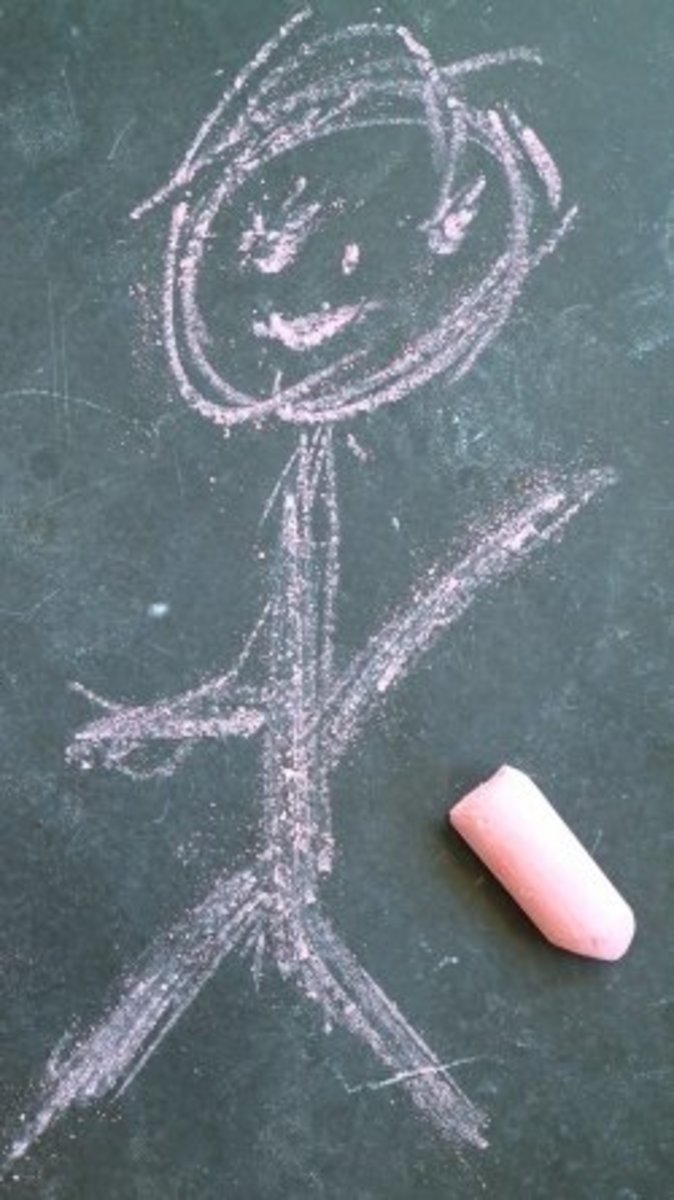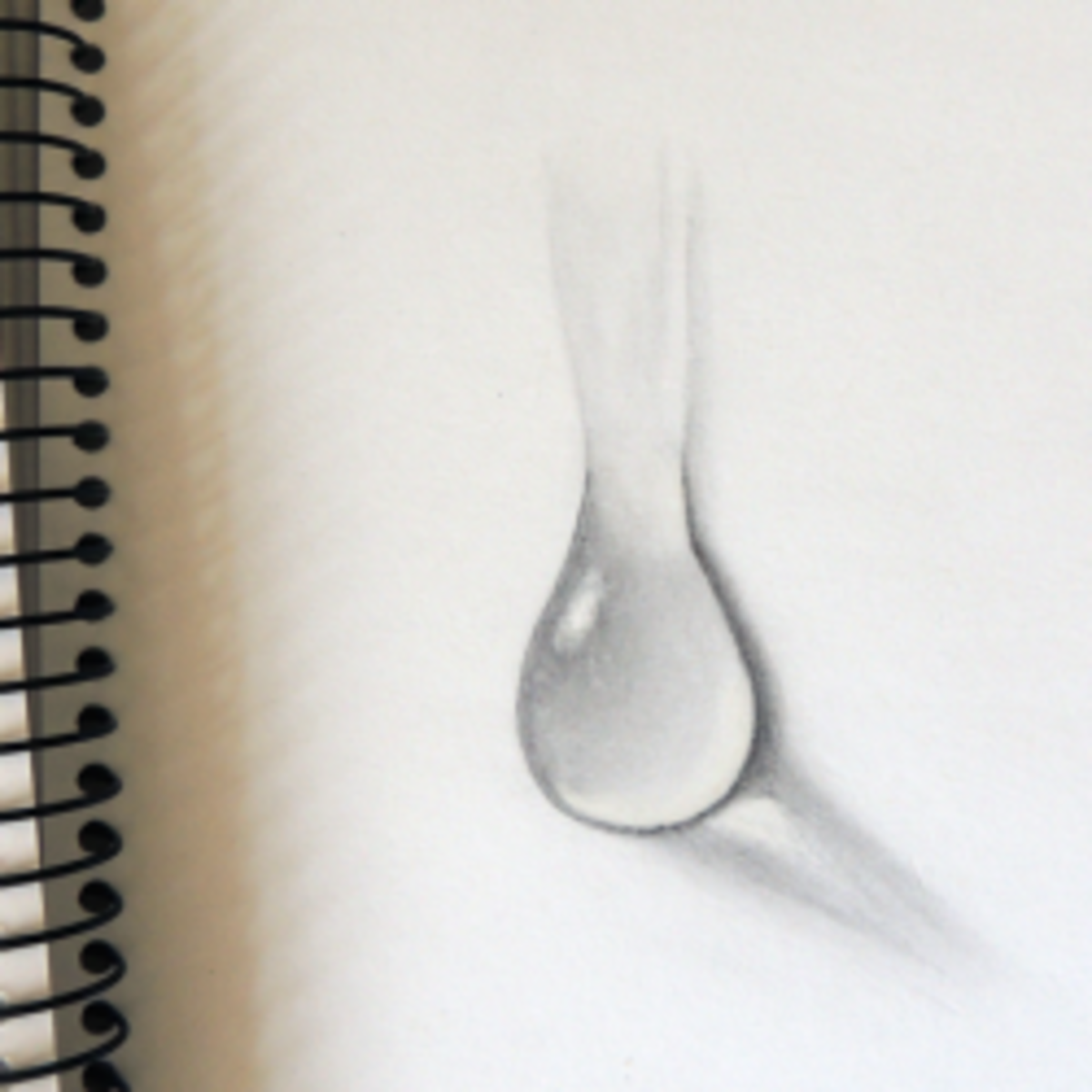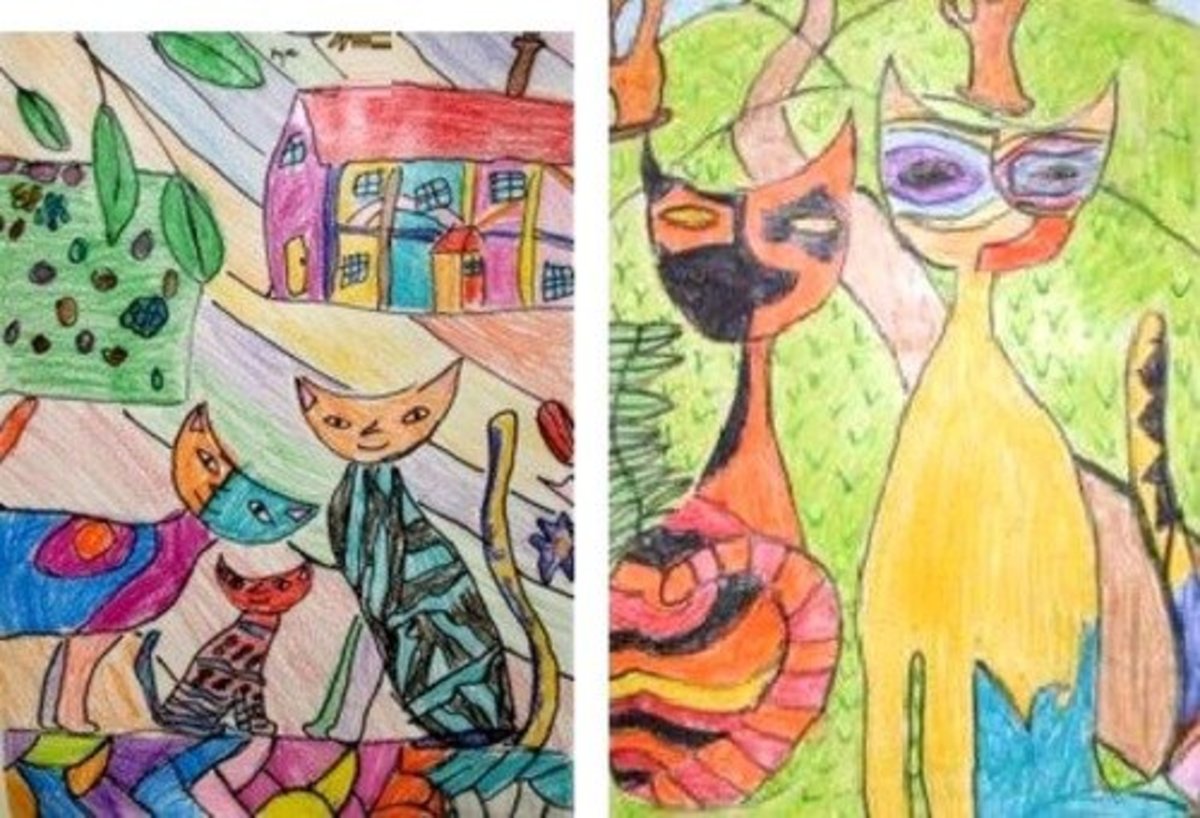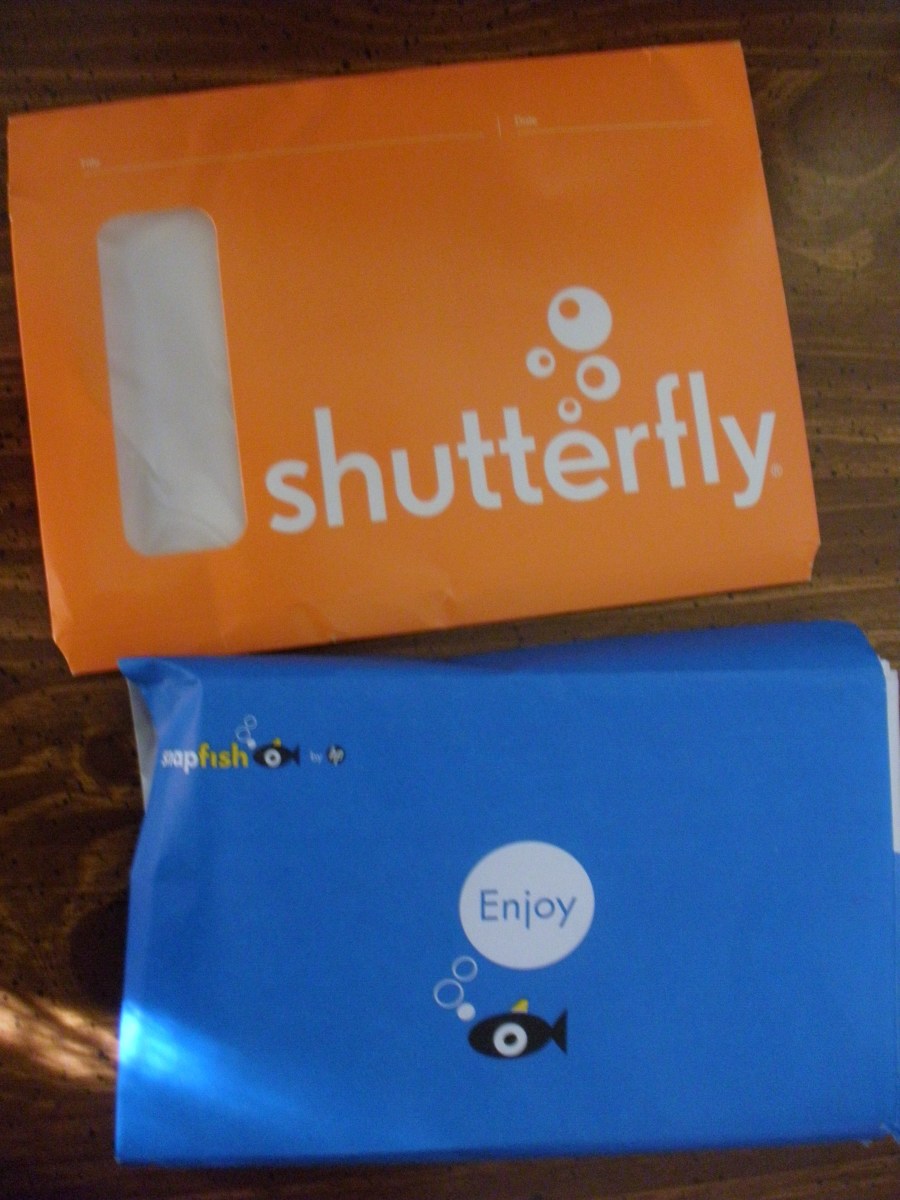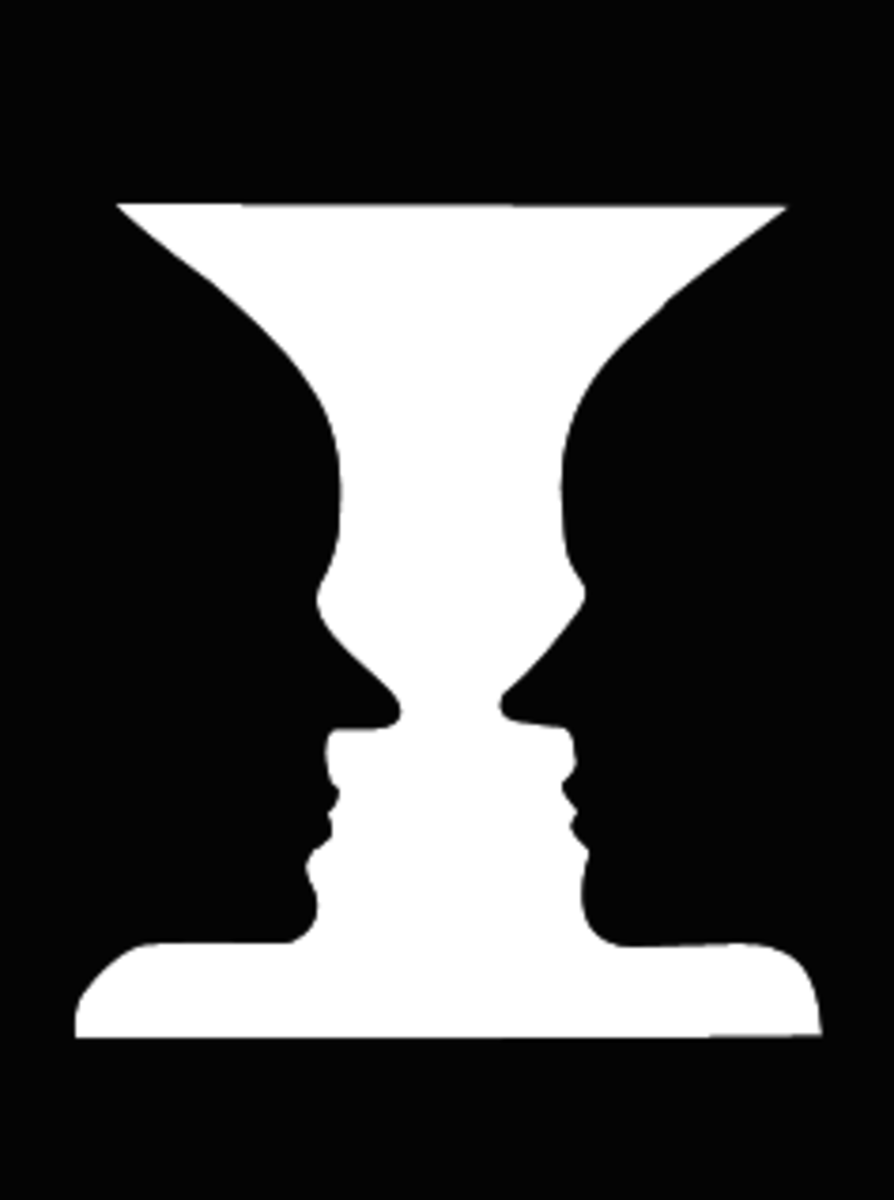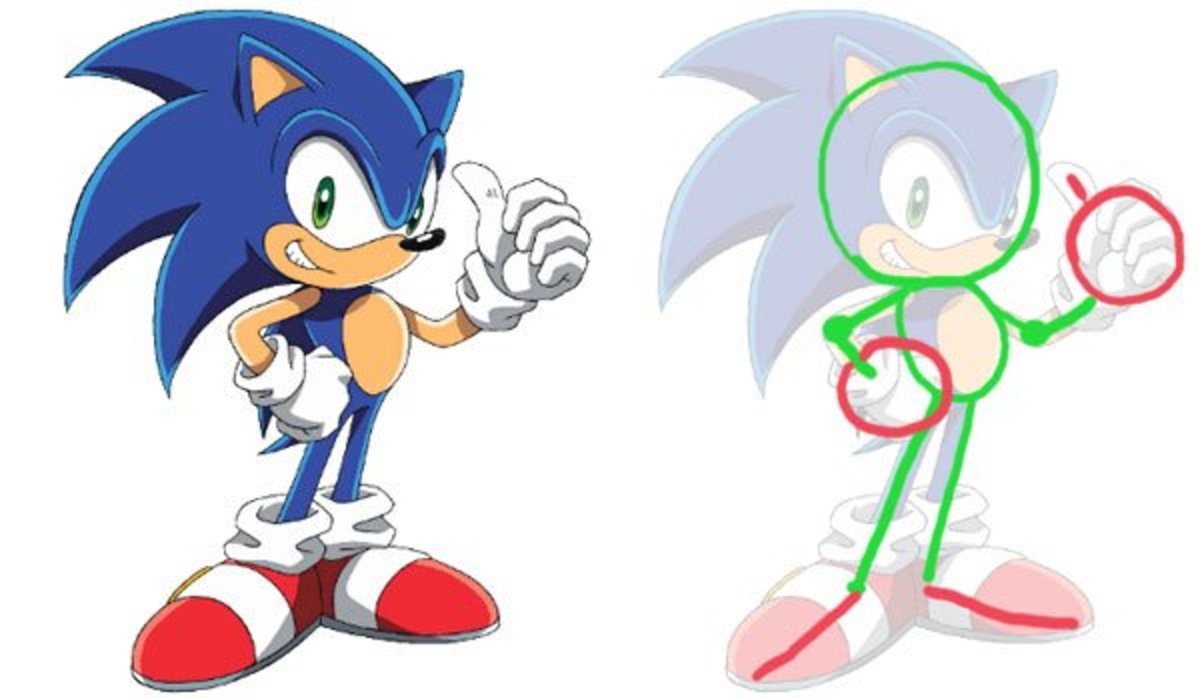How To Draw Remarques On Artwork
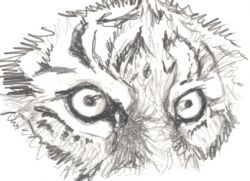
Remarque-able Art
I've created this page to explain what a remarque actually is and why creating them can be helpful to boosting an artist's financial bottom line.
In truth, generally whenever I do a remarque it is as a special gift to whomever is buying the print. It's usually someone I'm fond of or that I know has made a herculean effort (financially or otherwise) in order to acquire the print.
But here's the thing . . . You can sell your prints for more money if you add a few here and there in your print selection. And in today's economic climate anything we can do to add a little to the profit margin is a good thing.
A Remarque is a small pencil drawing done on a paper print by the artist.Note: Since I am an animal artist all the remarques shown here are of critters.
Topics Covered In This Page
- What Is A Remarque
- How Did Remarques Begin
- How To Draw A Remarque

All copyrights are retained by the artist, Mona Majorowicz of Wild Faces Gallery.
The artwork or content in this lens may not be used or reproduced, either in part or in whole, without the express written consent from the artist.
A Print Of Mine Complete With Remarque
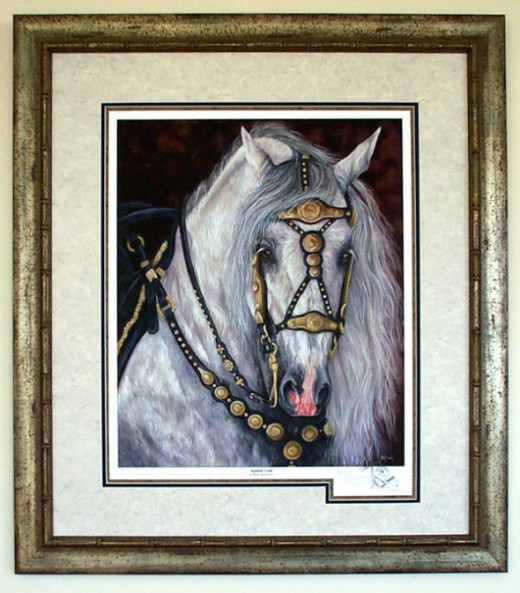
The Remarque Drawn On The Artwork - from the above pictured framed print.
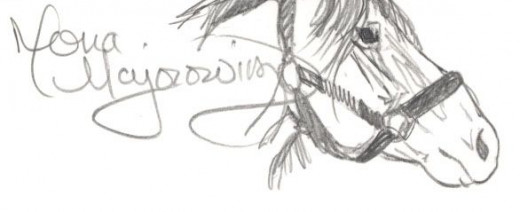
What Is A Remarque: The Definiton
And How Did They Get Started?
Here's what the Art History section of About.com has to say.
Remarque
(noun) - A remarque is a small, personalized drawing or symbol that an artist adds (near his or her signature) on a print. The presence of a remarque increases the print's value.
Originally, remarques were remarks made, in pencil, that identified the various stages a printing plate went through while in the process of being finalized. Whistler seems to have pioneered making remarques desirable to collectors, particularly in the case of his "butterfly" mark.
Nowadays, a remarque is primarily a "value-added" option for print collectors - meaning: You can have an artist's remarque added to your graphic edition, if you care to shell out some more money. (Unless, of course, the artist is a personal friend, or owes you a favor.)
Why Remarques Are Drawn In Pencil
The important part is that they are small original works of art on the reproduction whether they be done in pencil, pen and ink or even watercolor.
Traditionally they were done in pencil because as previously stated they started as printing notes. Why they continue to be done so? I can only hazard a guess. The artist signs and numbers their prints in pencil as that proves it is done by a person and not a mechanical process. Because you can erase it. So my guess is the same about remarque. If it's erasable, it's an original.
How To Draw A Remarque
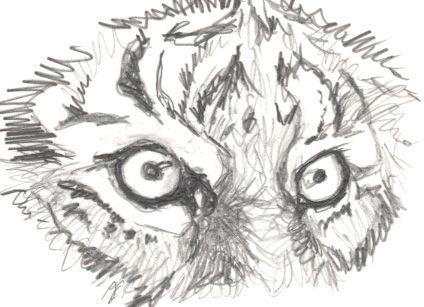
A Remarque can be as complicated or simple as you like. In general they are simple little drawings done on the spot for someone. However you can put as much time and effort into drawing a remarque as you want.
For me the size of the image and the amount of paper I can draw on, keep me from getting carried away with too much technical difficulty. I really prefer the look of quick gestural drawings.
Also I try to link the remarque with the print image. So for a critter print I usually do the same critter from a different angle. In the framed horse print in the beginning of this lens, the horse was all done up in show tack facing forward. So for my remarque I drew the same horse in profile wearing a halter.
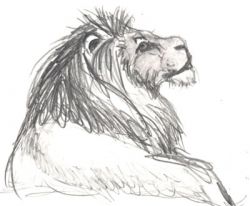
Some Of The Challenges Of Drawing Remarques
Doing the actual Drawing I know many artists who no longer do their own drawing but project (or whatever) employing time saving devices. This has left their basic drawing skill a little rusty. So get yourself a sketchbook and start practicing.
Small Scale Then of course you must consider that you're working small scale. This for me is challenging as I usually do head portraits of life-sized or near life-sized critters. Shrinking the image down to a 1 inch by 2 1/2 pencil sketch is quite challenging.
Getting it right the first time In general you can't erase off from prints as they will smear and ruin the print. Remember any damage to the print devalues it.
When Drawing Remarques Keep It Special - Scarcity Breeds Value
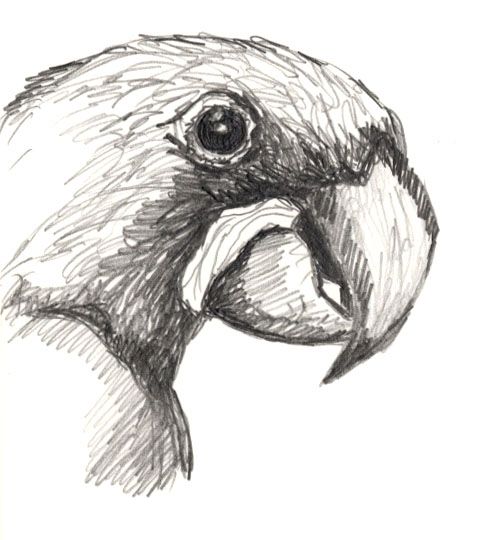
Don't start drawing them on every print you offer. Two things happen if you do this. The remarque becomes less special and thus has less of a financial saleability for your art.
I only put remargues on my largest (in size) prints and only when they are being purchased as framed. Since I have my own gallery and we maintain a full service frameshop this is easy enough for me to do as they are purchased. Though I may add one to a framed print that hangs in the gallery for sale as well. None the less is it still quite rare for me to add a remarque.
By selecting only my largest prints it usually gives me more white space on the paper to work with. Also when someone buys the large scale prints they are already making a significant financial investment to it's keeping up the remarque value.
A Few Tips On Drawing Remarques
Practice Practice makes perfect. Or at least makes you better. Do a couple of quick practice sketches on a separate piece of paper.
Tissue or Typing Paper Often I will do my practice sketch on a thin paper like tissue paper so I can lay it over my print and see how the size is working. In this way I can adjust my drawing as needed before committing it to the print.
Use A Hard Lead I prefer to use a hard lead pencil as they hold a fine point longer and also they don't smudge nearly as easily. I do tend to use a softer lead pencil after my initial drawing is in to add the sufter more subtle shadows.
Some Great Sketchbook Options
Practice Your Drawing Skills - Get a couple of sketchbooks for traveling and home.
Truthfully, I don't sketch all that much anymore. But I have spent a lifetime of sketching so my confidence level when drawing remaques is pretty high.
I really believe that drawing and sketching is an important skill to develop. And in regards to drawing remarques it will be a huge advantage. Both as a confidence builder but also your ability to draw an object quickly and with feeling. Plus as a reminder you can't erase on your prints so the better your practiced hand is the less likely you'll ruin any prints.
I prefer to keep my remarques simple outlines or quick gestural drawings. A little practice with this will go a long way.
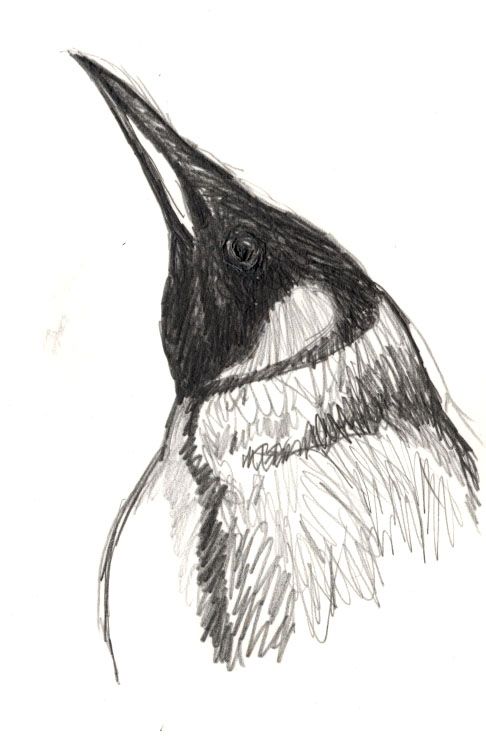
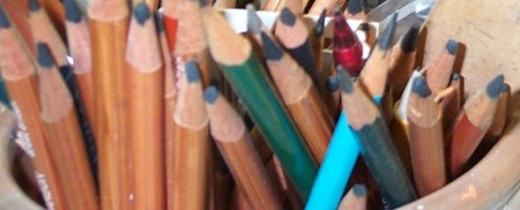
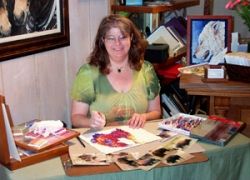
About The Author Of How To Draw Remarques
Mona Majorowicz of Wild Faces Gallery
My name is Mona Majorowicz I am a professional artist who has been making my living selling my work for some time now. I am an animal artist, (meaning I paint critters) who works primarily in Oil Pastel or Water Soluble Pencil.
I own and operate Wild Faces Gallery with my husband Mike in a small rural town in Iowa. There we sell my original artwork and prints, as well as do quality custom framing and offer Giclee printing for other artists as well as for ourselves. I have over 20 years experience in the art and framing industry, both as a business owner and as a working artist.
I write a regular column for Apples 'N Oats (an equestrian magazine) about painting horses. If you would like to see real life photos of Catch, or want to follow the painting's progress (with full story) from start to finish please visit my blog, Fur In The Paint
Animals are my passion and art is how I chose to express it.
